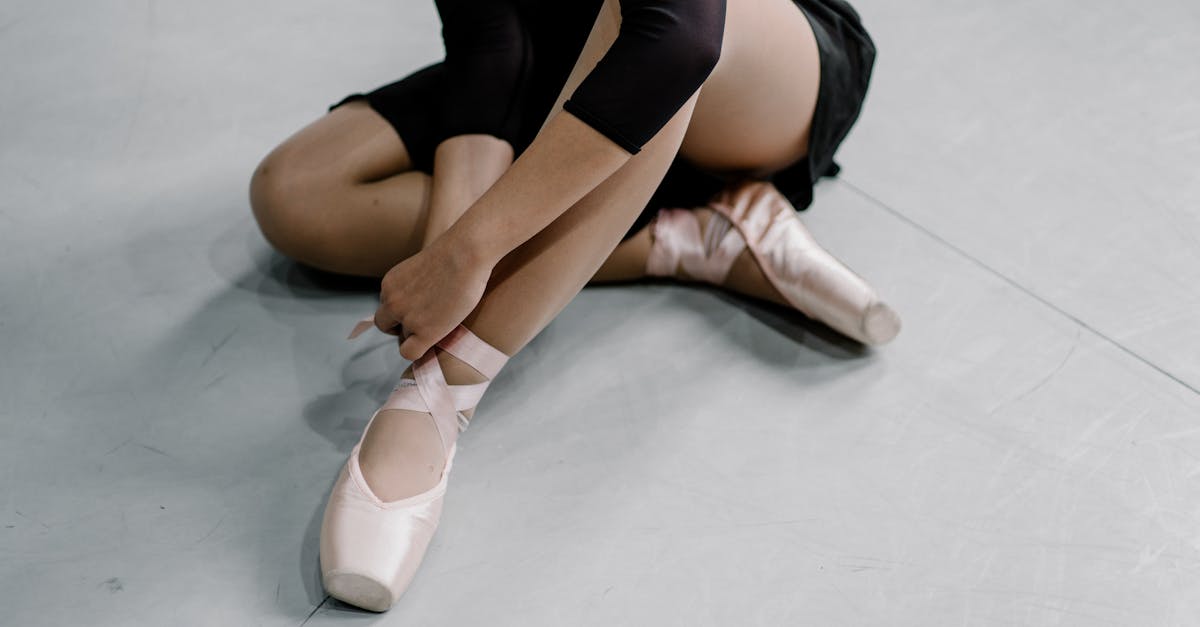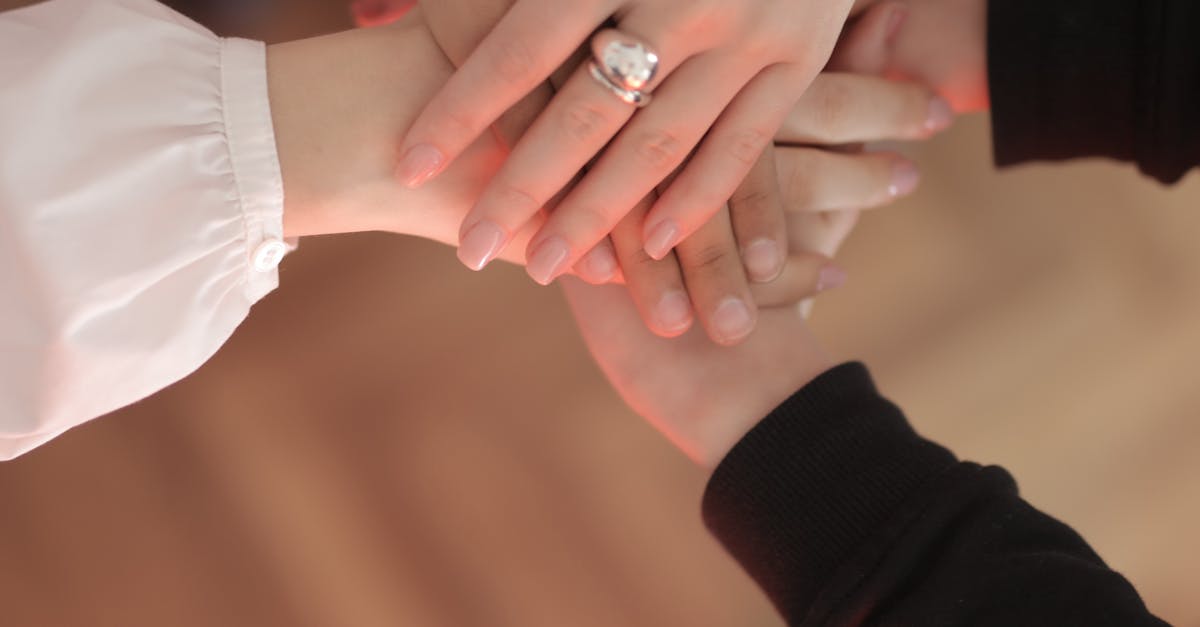Tight Psoas, Weak Glutes: Balancing Strength for Optimal Stability
Mastering the Balance: A Holistic Approach to Psoas-Glute Harmony

Unlock Optimal Stability: Bridging the Gap Between Tight Psoas and Weak Glutes
Your body is a symphony of interconnected muscles, where each player contributes to the overall harmony of movement. Among these key players, the psoas and glutes stand out as a dynamic duo, responsible for maintaining stability and facilitating movement. However, when this delicate balance is disrupted, it can lead to a cascade of issues that impact your posture, movement, and overall well-being.
In this comprehensive guide, we will delve into the intricate relationship between the psoas and glutes, unraveling the symptoms and causes of imbalances. We will equip you with effective exercises and lifestyle modifications to address these imbalances, restoring harmony to your body. Along the way, we will emphasize the importance of professional guidance, ensuring that your journey toward optimal stability is well-informed and tailored to your specific needs.
1. Understanding the Psoas and Glutes Relationship
Understanding the Psoas and Glutes Relationship: The Key to Optimal Stability
The psoas and glutes are two of the most important muscle groups in the body when it comes to stability, posture, and movement. The psoas is a deep hip flexor that originates on the lumbar spine and inserts on the femur. It is responsible for flexing the hip joint and rotating the thigh inward. The glutes are a group of three muscles that make up the buttocks: the gluteus maximus, gluteus medius, and gluteus minimus. The glutes are responsible for extending the hip joint, abducting the thigh, and rotating the thigh outward.
When the psoas and glutes are in balance, they work together to provide stability to the pelvis and spine. However, when one muscle group is tight or weak, it can lead to imbalances that can impact posture, movement, and stability. For example, tight psoas muscles can pull the pelvis forward, which can lead to an anterior pelvic tilt. This can put strain on the lower back and can also make it difficult to maintain good posture. Weak glutes can also lead to instability, as they are not able to properly support the pelvis and spine. This can lead to pain in the lower back, hips, and knees.
It is important to maintain a balance between the psoas and glutes in order to ensure optimal stability, posture, and movement. This can be done through a combination of stretching, strengthening exercises, and lifestyle modifications.
2. Identifying Tight Psoas and Weak Glutes

Identifying Tight Psoas and Weak Glutes: Uncover the Signs and Empower Your Body
Tight psoas muscles and weak glutes are common imbalances that can lead to a variety of problems, including lower back pain, hip pain, and knee pain. Fortunately, there are a few simple tests you can do to identify these imbalances so that you can take steps to correct them.
Tight Psoas Muscles
- Thomas Test: Lie on your back with your knees bent and your feet flat on the floor. Pull one knee towards your chest, keeping your other foot flat on the floor. If you are unable to pull your knee all the way to your chest, it may be a sign that your psoas muscles are tight.
- Ober Test: Lie on your side with your bottom leg bent at the knee and your top leg straight. Lift your top leg up and down, keeping your knee straight. If your top leg does not move very far, it may be a sign that your psoas muscles are tight.
Weak Glutes
- Single-leg bridge: Lie on your back with your knees bent and your feet flat on the floor. Lift one leg up off the ground, keeping your knee bent. Slowly lower your leg back down to the ground. If you are unable to lift your leg very high, it may be a sign that your glutes are weak.
- Glute squeeze: Stand with your feet shoulder-width apart. Bend your knees slightly and squeeze your glutes together. Hold the squeeze for a few seconds and then release. If you do not feel your glutes working, it may be a sign that they are weak.
If you think you may have tight psoas muscles or weak glutes, it is important to see a physical therapist or other healthcare professional for a proper diagnosis. They can assess your muscle imbalances and recommend the best course of treatment.
3. Exercises to Strengthen Glutes and Release Psoas
Exercises to Strengthen Glutes and Release Psoas: Reclaim Balance and Stability
If you are experiencing tight psoas muscles and weak glutes, there are a number of exercises you can do to improve the balance and stability of your body. Here are a few examples:
Glute Strengthening Exercises:
- Glute bridges: Lie on your back with your knees bent and your feet flat on the floor. Lift your hips up until your body forms a straight line from your shoulders to your knees. Hold the position for a few seconds and then lower back down to the ground. Repeat for 10-12 repetitions.
- Squats: Stand with your feet shoulder-width apart. Bend your knees and lower your body down until your thighs are parallel to the ground. Hold the position for a few seconds and then return to standing. Repeat for 10-12 repetitions.
- Lunges: Step forward with one leg and bend your knee so that your thigh is parallel to the ground. Keep your other leg straight. Push yourself back up to the starting position and repeat with the other leg. Repeat for 10-12 repetitions on each leg.
Psoas Release Exercises:
- Psoas stretch: Kneel on one knee with your other leg extended out in front of you. Lean forward and place your hands on the ground in front of you. Gently push your hips forward until you feel a stretch in your psoas muscle. Hold the stretch for 30 seconds and then repeat with the other leg.
- Figure-four stretch: Lie on your back with your knees bent and your feet flat on the floor. Cross your right ankle over your left knee. Gently pull your left knee towards your chest until you feel a stretch in your psoas muscle. Hold the stretch for 30 seconds and then repeat with the other leg.
- Frog stretch: Start in a kneeling position with your knees hip-width apart and your toes pointed out. Slowly lower your body down until your buttocks are resting on your heels. Hold the stretch for 30 seconds and then release.
It is important to note that these are just a few examples of exercises that can help to strengthen the glutes and release tight psoas muscles. It is important to consult with a qualified healthcare professional to develop an exercise program that is tailored to your individual needs.
4. Lifestyle Modifications for Psoas-Glute Balance

Lifestyle Modifications for Psoas-Glute Balance: Embracing a Holistic Approach
In addition to exercises, there are a number of lifestyle modifications you can make to improve the balance between your psoas and glutes. These modifications can help to reduce pain, improve posture, and prevent future imbalances.
Posture Correction:
- Sit up straight. When you are sitting, make sure to sit up straight with your shoulders back and your head held high. Avoid slouching, as this can put strain on your psoas muscles.
- Stand up straight. When you are standing, make sure to stand up straight with your shoulders back and your head held high. Avoid leaning forward or backward, as this can also put strain on your psoas muscles.
- Sleep on your side. Sleeping on your side can help to stretch your psoas muscles and improve their flexibility.
Stretching:
- Stretch your psoas muscles. There are a number of different stretches that you can do to stretch your psoas muscles. Some examples include the psoas stretch, the figure-four stretch, and the frog stretch.
- Stretch your glutes. There are also a number of different stretches that you can do to stretch your glutes. Some examples include the glute stretch, the pigeon stretch, and the butterfly stretch.
Activity Modifications:
- Avoid activities that aggravate your pain. If you have pain in your lower back, hips, or knees, avoid activities that aggravate your pain. This may include activities such as running, jumping, and squatting.
- Choose low-impact activities. If you are looking for ways to stay active without putting strain on your psoas muscles or glutes, choose low-impact activities such as swimming, cycling, or walking.
- Strengthen your core. Your core muscles help to stabilize your spine and pelvis. Strengthening your core can help to improve your posture and reduce strain on your psoas muscles and glutes.
Making these lifestyle modifications can help to improve the balance between your psoas and glutes and reduce your risk of pain and injury.
5. Professional Guidance and Considerations
Professional Guidance and Considerations: Seeking Expert Advice for Optimal Outcomes
It is important to consult with a healthcare professional if you are experiencing pain or discomfort related to your psoas or glute muscles. A healthcare professional can assess your condition and recommend the best course of treatment. This may include exercises, stretches, lifestyle modifications, or other therapies.
When to See a Healthcare Professional:
- If you have pain in your lower back, hips, or knees that does not improve with home treatment.
- If you have difficulty walking or standing.
- If you have numbness or tingling in your legs or feet.
- If you have a history of falls or other injuries.
What to Expect from a Healthcare Professional:
- A healthcare professional will ask you about your symptoms and medical history.
- They will perform a physical examination to assess your range of motion, strength, and posture.
- They may order imaging tests, such as an X-ray or MRI, to rule out other conditions.
- Based on their assessment, they will develop a treatment plan that is tailored to your individual needs.
Consulting with a healthcare professional is an important step in addressing psoas-glute imbalances and improving your overall health and well-being. By working with a healthcare professional, you can develop a personalized treatment plan that will help you achieve your goals.
Quiz: Test Your Understanding of Psoas-Glute Balance
Multiple Choice Questions:
- Which of the following is NOT a symptom of tight psoas muscles?
- (A) Lower back pain
- (B) Hip pain
- (C) Knee pain
- (D) Improved posture
- Which of the following exercises can help to strengthen the glutes?
- (A) Glute bridges
- (B) Squats
- (C) Lunges
- (D) All of the above
- True or False: Lifestyle modifications, such as posture correction and stretching, can help to improve psoas-glute balance.
- (A) True
- (B) False
Answer Key:
- (D) Improved posture
- (D) All of the above
- (A) True
Answer Key:
- (D) Improved posture
- (D) All of the above
- (A) True
